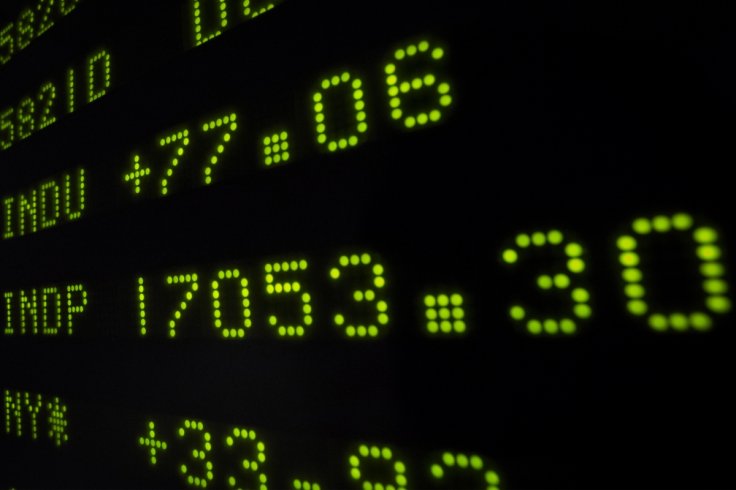Dow Jones Industrial Market Update
U.S. crude oil price is at $40 per barrel for the first time since December while other commodities also grow
US Markets Overview

The Dow Jones Industrial Average turned positive for 2016, and U.S. crude oil rose above $40 per barrel, recovering after a rough start to the year.
Earlier this year, investors were confused by slowing global growth and recent interest rate changes, but stability in commodity prices and positive signs in the U.S. economy helped ease concerns.
The Dow Industrials and S&P 500 are now close to where they ended in 2015, after having dropped more than 10% by February 11.
“When you start removing recession fears, the market reacts, and I think that’s what happened,” said Lew Piantedosi of Eaton Vance.
The Dow rose 0.9% to 17,481.49, putting it up 0.3% for the year. The S&P 500 climbed 0.7% to 2,040.59, leaving it 0.2% down in 2016. The Nasdaq Composite increased 0.2% to 4,774.99, but remains down 4.6% for the year.
U.S. crude oil futures rose 4.5% to $40.20 a barrel as the dollar weakened and major oil producers signaled support for freezing production levels.
General Electric helped lift the Dow, rising 2.6% to $30.96.
Industrial stocks were one of the biggest drivers of gains in the S&P 500 on Thursday, rising more than 2%.
FedEx was the top performer in the S&P 500, jumping 12% to $161.34 after reporting better-than-expected earnings and a strong outlook.
The growth came a day after Federal Reserve officials left interest rates unchanged and said they expect to raise rates only twice in 2016, bringing their outlook closer to that of investors.
The labor market remains strong, with Labor Department data showing jobless claims stayed below 300,000 for the 54th straight week. Janet Yellen highlighted the positive job trends but also noted there's still room for improvement.
“Earlier this year, there were fears of a recession, but the recent data shows that’s unlikely now,” said Tony DeSpirito of the BlackRock Equity Dividend Fund.
The WSJ Dollar Index fell 1.1%. Lower interest rate expectations make a currency less appealing to investors seeking returns. The euro rose 0.8% against the U.S. dollar to $1.1320, and the dollar dropped 1.1% against the yen to ¥111.3860.
A weaker dollar benefits companies that export goods, said Susan Bao, a portfolio manager at J.P. Morgan Asset Management. “The dollar’s decline will reduce the negative impact on corporate results,” she added.
Earnings for S&P 500 companies were down 3.3% in the fourth quarter, and analysts expect another drop in the first quarter, according to FactSet.
Uncertainty around global growth is causing some traders to wait before making big moves, said Tom Carter of brokerage firm JonesTrading. “Stock-pickers are unsure if now is the right time to invest,” he said.
In Norway, the central bank cut its key interest rate on Thursday as low oil prices hurt the economy. Meanwhile, the Bank of England held its rate steady despite slowing growth and inflation. Switzerland’s central bank kept its main deposit rate below zero, even though the ECB’s new stimulus could push the franc higher against the euro.
Still, many believe these changes are independent of each other.
“People might say it’s low volume and weak conviction,” said Rob Bernstone of Credit Suisse, referring to the recent light trading activity. “But it’s the same pattern.”
The yield on the 10-year Treasury note fell to 1.903% from 1.940% on Wednesday. Gold rose 2.9% to $1,264.50 per troy ounce.
The Stoxx Europe 600 index slipped by 0.1%.
Stocks in China and Australia rose, but the Nikkei Stock Average fell 0.2% as a stronger yen hurt exporter shares.
■ Dow Jones Industrials becomes active for this year
TradingCenter.org
L MORE TUTORIALS • GENERAL GUIDES
□ Equity Trading
• OTHER RESOURCES
» Trading Tips
» CFD Brokers


